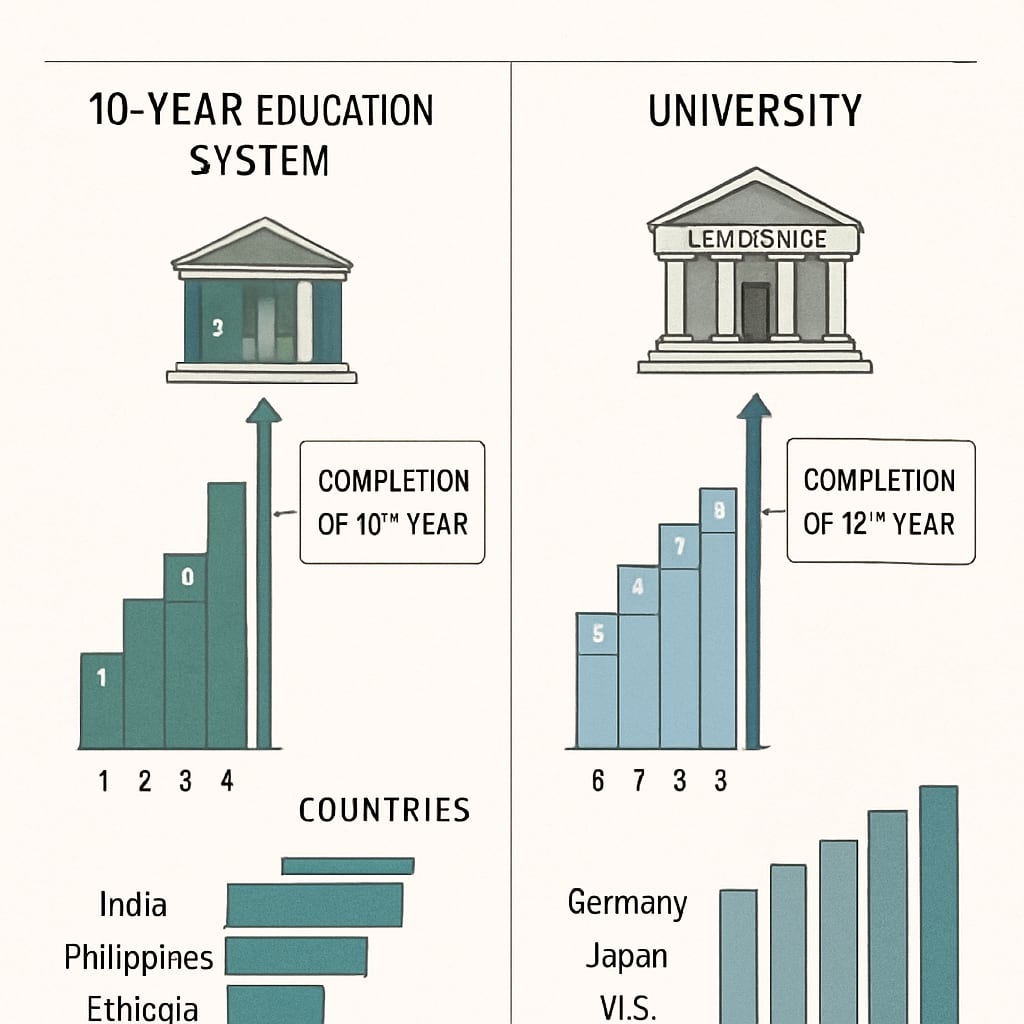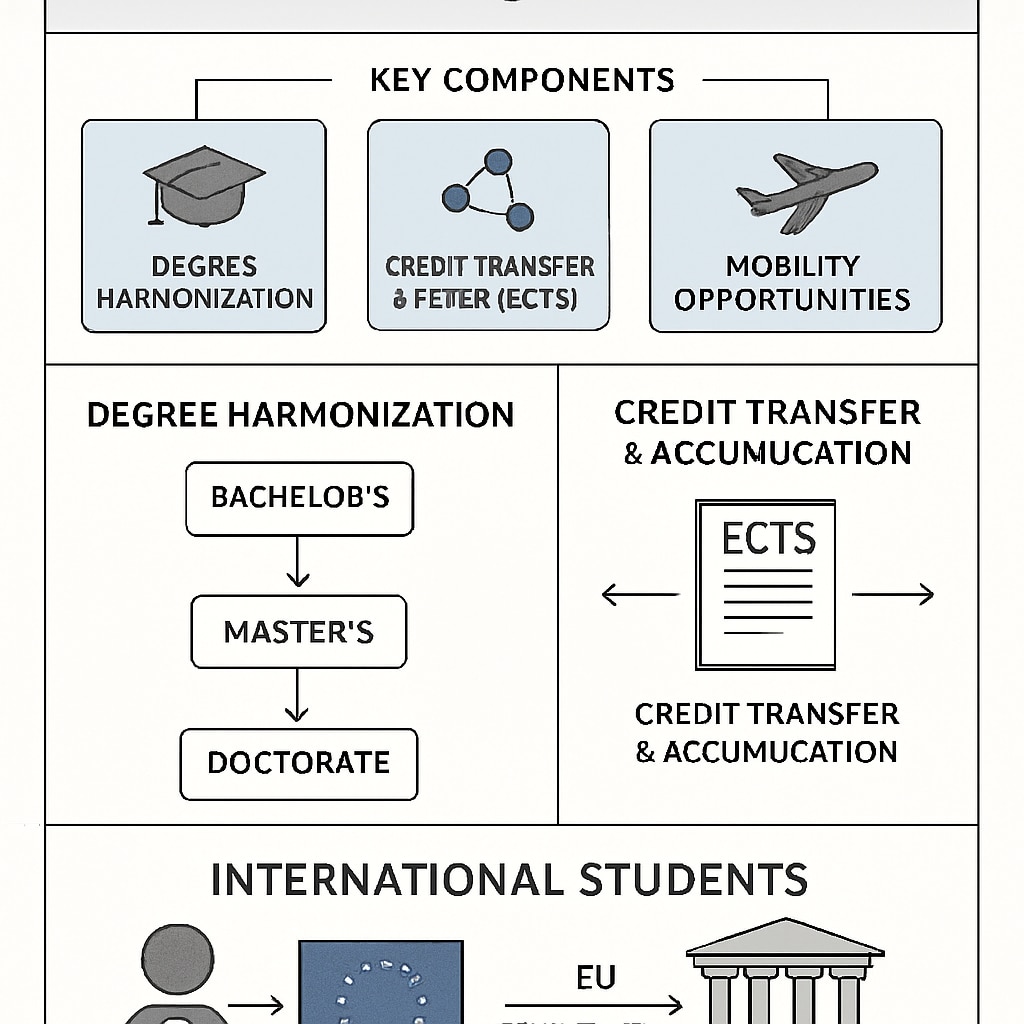When it comes to pursuing higher education abroad, the disparities in global education systems often become a significant challenge for students. Particularly, students from countries with a 10-year education system face obstacles when applying to EU universities that require a minimum of 12 years of schooling. This issue directly ties into broader concerns regarding education year requirements, EU university applications, and visa complications, which collectively restrict the mobility and opportunities of international students.
10-Year Education Systems: A Global Perspective
Many countries, including India, Pakistan, and certain African nations, follow a 10-year primary and secondary education structure. This system is often supplemented by two years of higher secondary or pre-university education. While this format is recognized within their national frameworks, it does not align with the 12-year requirement mandated by most EU universities for undergraduate admissions.
For example, students graduating from a 10-year system often need to complete additional qualifications, such as A-levels or international foundation programs, to meet the eligibility criteria for EU institutions. This additional step can be financially draining and time-consuming, creating a significant barrier for students from economically disadvantaged backgrounds.

How EU Universities Enforce 12-Year Entry Standards
EU universities adhere strictly to the Bologna Process, which standardizes higher education across Europe. The entry requirement of 12 years ensures consistency in applicant qualifications and aligns with the secondary education systems prevalent in most European nations. However, this creates challenges for students from countries with shorter education cycles.
As a result, these students often face additional hurdles, such as completing equivalency exams or enrolling in preparatory courses. This not only delays their academic journey but also impacts their visa application process, as many EU countries require proof of academic eligibility before granting student visas.

The Broader Implications of Education System Disparities
The disparity in education systems doesn’t just affect university applications—it also shapes students’ future career paths. Many international students choose not to pursue advanced education in the EU due to these barriers, limiting their exposure to global opportunities. Furthermore, this discrepancy perpetuates a cycle of educational inequality, where students from certain regions face systemic disadvantages.
For example, UNESCO highlights that global education disparity contributes to unequal access to high-quality education, further widening the gap between developed and developing nations (UNESCO on Education). Similarly, the European Commission emphasizes the importance of harmonizing education standards to foster greater inclusivity (European Commission on Education).
Potential Solutions to Bridge the Gap
Efforts to address these disparities must focus on collaboration between countries with different education systems. Some potential solutions include:
- Introducing international foundation programs that are universally recognized by EU universities.
- Providing scholarships to cover additional qualification costs for students from 10-year systems.
- Encouraging mutual recognition agreements between countries to standardize secondary education equivalencies.
Furthermore, universities could offer flexible entry pathways for international students, such as preparatory courses or bridging programs, to make higher education more accessible.
While these solutions require substantial policy changes and intergovernmental collaboration, they are essential to ensuring equal opportunities for students worldwide.
Readability guidance: This article employs short paragraphs and lists to summarize key points effectively. By using active voice and transitional phrases, it ensures clarity and engagement while minimizing technical jargon.


